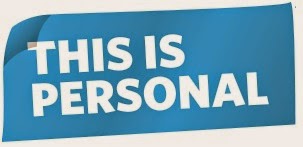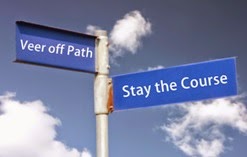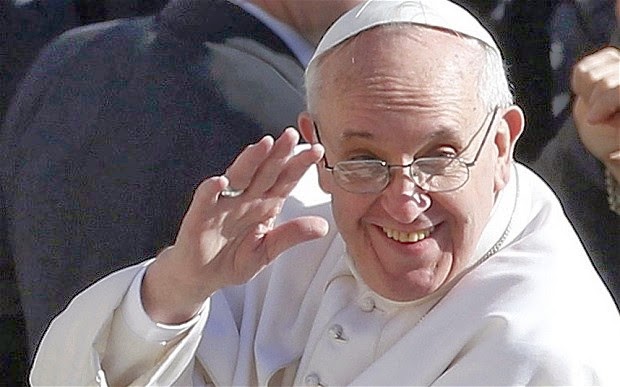Tom Rath and Barry Conchie, authors of Strengths-Based Leadership, said, “A major challenge for organizational leaders is that it is difficult to establish close relationships throughout an organization with thousands of employees. When we asked followers more specifically about the “organizational leaders” and “global leaders” that have a positive influence, we found that people expect more general positive energy and “compassion” from high-level organization/global leaders – compared to much more intimate words (like caring) that followers used to describe their everyday leaders.”
“As Standard Chartered’s Mervyn Davies explained, organizational leaders must have “a positive bias” because employees simply “don’t want to follow negative people around.” On a personal level, Davies’ compassion was always shining through to Standard Chartered’s employees. In addition to being very open with his own challenges as his wife battled breast cancer, Davies was just as concerned about his employees’ mental and physical health. He initiated several programs aimed at helping employees boost their overall well-being, and he always encouraged his direct reports to put their family first. He knew that for people to truly love their organization, it needed to have a heart.”
For leaders to be effective, they need to accept the fact that these two aspects – leading the organization and leading the people – don’t have to be mutually exclusive. As an example, a large engineering company makes all of the organization’s data and financial metrics, with the exception of payroll information, easily accessible to everyone in the company. They also provide employees with regular updates on progress toward organizational goals. And perhaps most importantly, leaders throughout the company help each employee see how he or she can directly affect the organization’s key metrics like costs, profits, and sales. This gives employees stability and confidence and clears the way for rapid growth.






